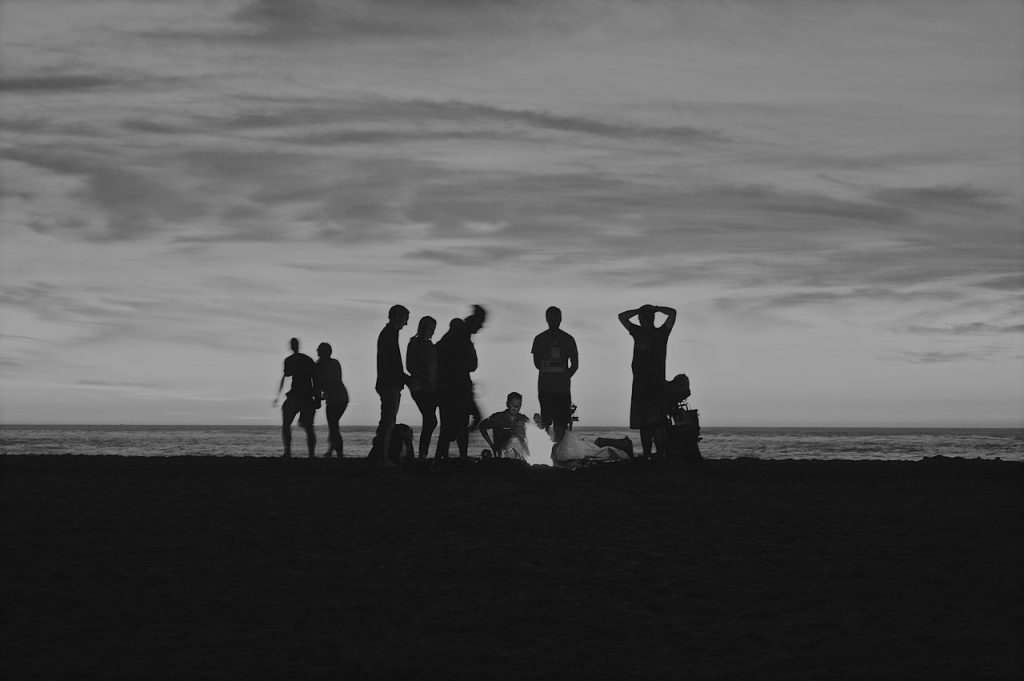I may be the only one (but I doubt it) who has arrived for a meeting with a colleague to discuss risk and find a disengaged individual sat across from me… ground down by risk registers, appetite statements, risk policies and procedures when there’s a day job to do. Risk is a live and real subject that permeates their work, their objectives and the success of their organisation; in short it should be something that matters to them. Somehow and sometimes, there is often a disconnect between what you want to say and what it means to the person sat opposite. You try (or have tried) to make the information more accessible and interesting by using colour, infographics and short summaries but with limited success. Your colleague has ‘that look’ in their eye: they know this is important but this might be just another meeting in a long line of diary commitments that week that they have, while their work piles up and emails and ‘phone calls go unanswered.
Why is this?
Perhaps it’s because the traditional techniques for managing risk are limited and limiting in their value and impact. That is not to say that their existence and use is negative – far from it. There is much to be said in praise of these methods… they are rational, reasonable, well-thought through and proven. They appeal on an intellectual and technical level to those who designed them, use them and are well-versed in such approaches. But they are only part of the solution to the effective management of risk and, as risk professionals, we do ourselves a disservice by not thinking more creatively and widely when engaging with colleagues who view the working world through a different lens to ours. To be blunt, we engage their heads but not their hearts and this approach doesn’t always cut through the volumes of information and other messages they receive by appealing solely to the minds of our audiences. The techniques we adopt address the ‘what’ and the ‘how’ for managing risk, but how often do we stop and ask ‘why?’ And how do we make the ‘why’ engaging so that we win hearts and minds to adopting our approach.
So what can we do about it?
I was once tasked with bringing in a new approach for managing projects in an organisation. My team did all the proper and worthy stuff… training in recognised methodologies, working groups to deliver outputs, agreed processes, diligent record keeping, managing our work within agreed envelopes of time, cost and quality, etc. We eventually arrived at an approach that the project team all felt confident in and was fit for purpose. It was a significant investment of time, effort and commitment of several months in getting to an end product that we were rightly proud of. My time came to present the completed work to the executive team. I thought I had done everything right…a professionally designed project management approach (tick), thoroughly prepared presentation (tick), handouts produced (tick)…
It wasn’t quite one of those awkward ‘tumbleweed’ moments that can happen sometimes where the room fills with silence and everyone stares intensely at the floor, rather than make eye contact, but the interest and engagement just wasn’t there. No one was fired-up by the prospect of a new way of working that would mean we delivered projects better, faster and more economically, so that the organisation’s money went further and had more impact in its service delivery. There was no aggressive kick-back against the proposal and it was accepted, but I left the meeting with the sense that it hadn’t resonated with the senior team in a way that they knew how they would be affected by it or would benefit from it. My fear was that it would be praised as a very professional piece of work that would be quietly ‘filed away’ to wither and die through neglect. I also faced the prospect of going back to brief my team on how it all went… oh dear, that horrible churning feeling inside my stomach had started.
We knew it was a good approach that we’d built but how did we energise the senior team in a way so that they could become committed champions and users of our work?
The CEO contacted me shortly afterwards and thanked me for the thorough and professional job the team had done (…just as I had predicted and feared). She asked if I could present something to a gathering of the 50 or so of their most senior managers… and could I take no more than five minutes as there was a busy schedule to fit it into?
Our team was lucky enough to have someone with a background in graphic design and another with a work history in the creative and marketing sector. They suggested the idea of a story to make our outputs come to life. We acted on their suggestion and employed an animator to tell the story of a new facility for the organisation being built by using the methodology we had designed. It was told through the eyes of the people involved and the beneficiaries of the new building. After several iterations, we had our story in the form of a three and a half minute animation. The reaction from senior managers couldn’t have been more different to my first presentation – something about the use of a story to illustrate a principle or get buy-in, transformed the feeling towards the work that was done. The atmosphere in that room, at that moment, just felt different.
That’s the power of a story.
We all love a good story. There is something deeply rooted within us that engages us when someone decides to recount anecdotes that resonate with our past experiences and it affect us emotionally. Something different happens that sparks emotions and makes a connection with our fellow human beings. The well-proven management tools and techniques are necessary for organisations and engage the rational part of our brains. But to really effect change and move people to a different place in terms of their perception, commitment and behaviour, we also need to tap into their intuitive and emotional side. As risk professionals, we need to tell stories about risk. Storytelling as a business management technique is growing in popularity and gaining traction. It is increasingly recognised as an effective way to inspire and bring about positive change.
Stories help us to make sense of things. Telling them and listening to them is something we are genetically-inclined to do and harks back to the days of our ancestors rhapsodising around camp fires. We all have stories that we can tell of successes and challenges in our work and personal lives and can use them as a means of getting our message across to our chosen audiences. There’s a rich repository of stories inside us and our organisations that means sharing knowledge and experiences this way helps us to interpret our (working) world. The challenge for risk professionals lies in finding and harnessing them to make risk a more engaging subject.
Leadership is about sharing the vision, mission and passion for an organisation and mobilising people towards that bright future. Great leadership uses a narrative that engages people in the wider context of the intended direction of travel for an organisation, promotes understanding and changes culture and behaviour. Engaging senior people and their teams in the need for better management of risk is no different – this can be done through the power of storytelling.
Good stories that are told well are infectious. They are portable, accessible, and capable of being told anywhere. Their communication is not limited by our age, gender or ethnicity. They are passed on, shared and develop their own momentum. Go back far enough and you’ll find that the role of storyteller was one of great importance in keeping the history, knowledge and values of communities alive.
I am not suggesting that, as risk professionals, we ditch the risk registers – although I’m increasingly sceptical about their value. I am saying that we expand our approach to take in the art of telling a good risk story; they are out there, we just need to find and pass them on. As risk managers, we already know how to engage the mind, now we need to engage the heart.

